Italians have a different relationship with cheese than their western neighbours, the French. It’s common to find pecorino and other Italian cheeses served on a board before or after dinner, but tossing or melting cheeses through a dish is more the Italian way. Here’s how to choose the right formaggio for your next meal.
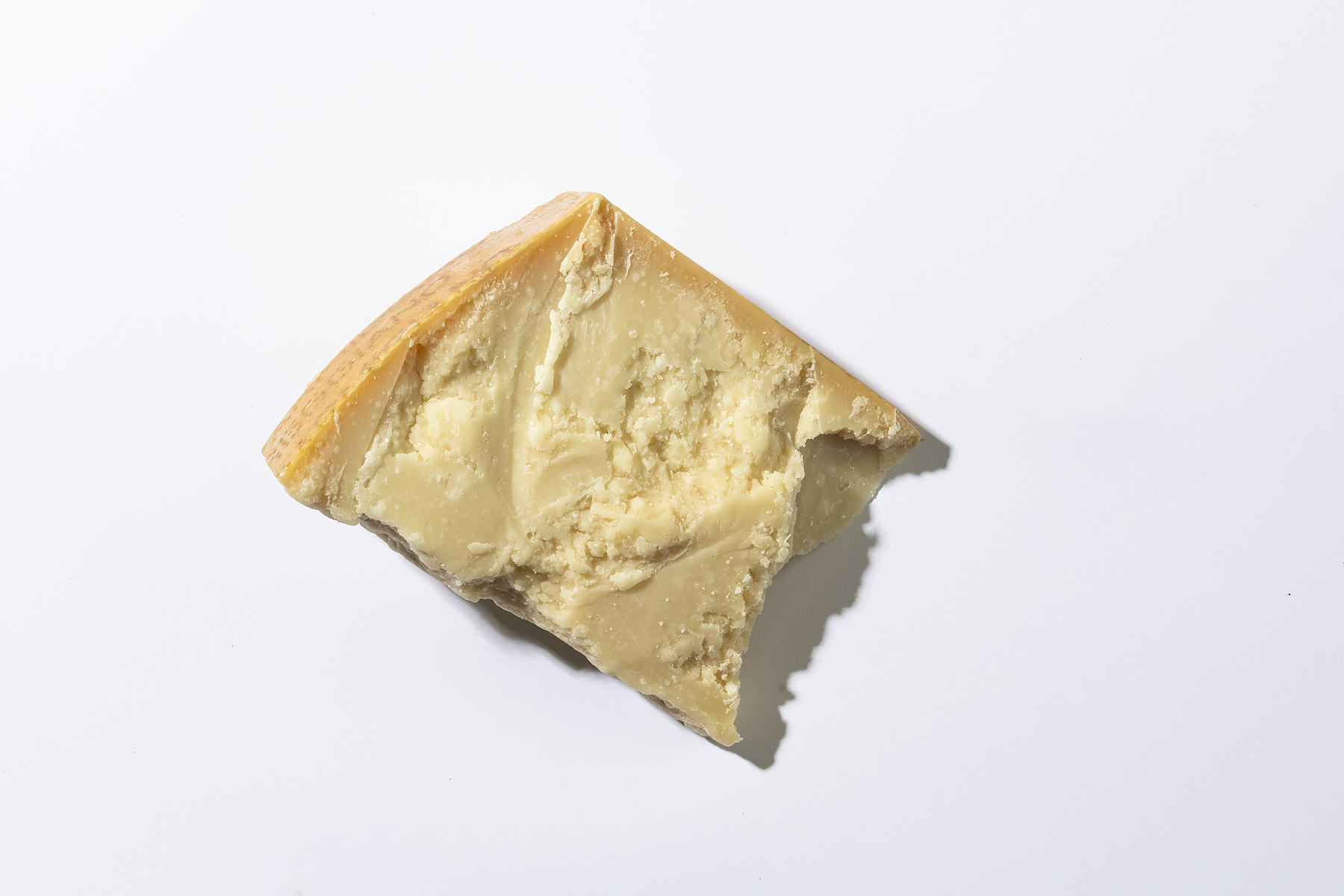
Parmigiano Reggiano
This hard, salty variety is so sacred it’s among the first foods Italians give babies. An independent consortium protects the cheese ensuring it follows certain criteria: made in Emilia-Romagna from raw cow’s milk, aged 24 months and free from air bubbles that can be discovered by rapping smartly on the rind. Grana Padano is a similar style of cheese with a milder taste.
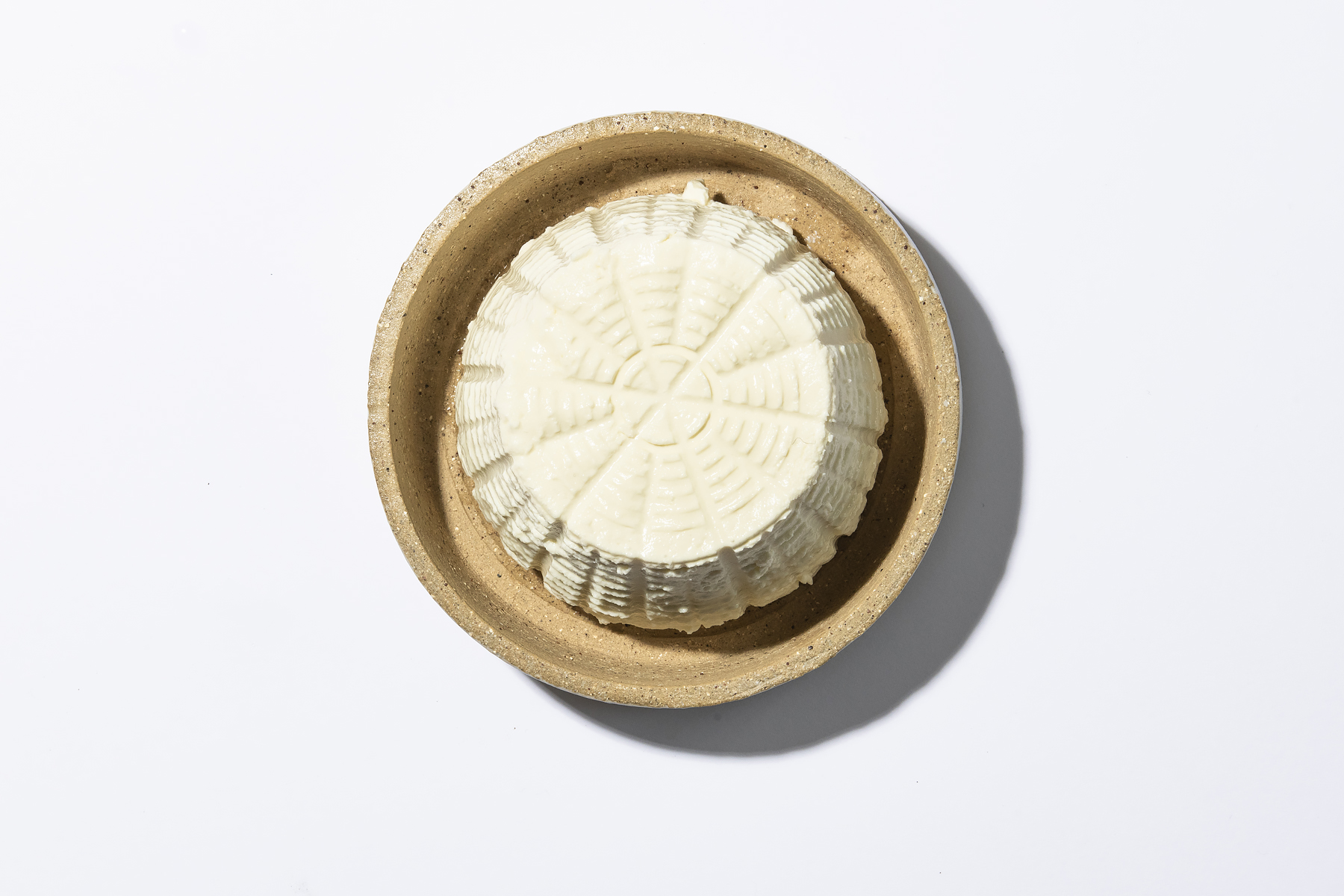
Ricotta
The least labour intensive of all cheeses, ricotta has a gratifying immediacy. It’s made by boiling cow and sheep milks until the curds and whey separate. The resulting curds form the ricotta. Often used in pasta, the versatile cheese is good served warm and fresh on bread with honey.
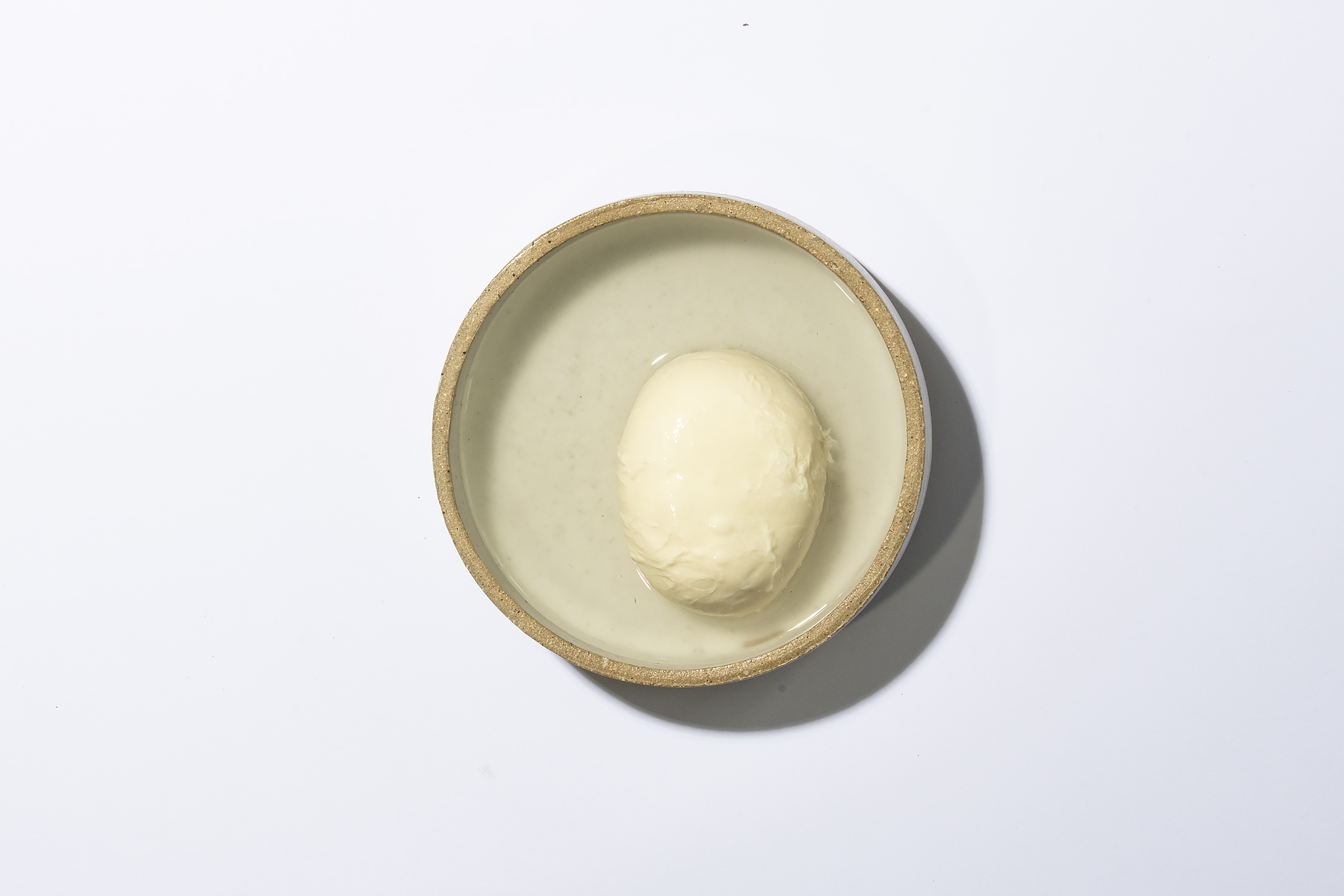
Mozzarella
True mozzarella comes from Campania where the warm, fresh buffalo-milk cheese pairs beautifully with that southern Italian region’s abundance of tomatoes and extra-virgin olive oil. Made by stretching softened curd, each ball of mozzarella takes the unique form of the cheesemaker’s hands as it’s shaped into a uniform orb. Watch our video, The Mozzarella Man, to see the process in action. Mozzarella made from cow’s milk is called fior di latte (“milk’s flower”).
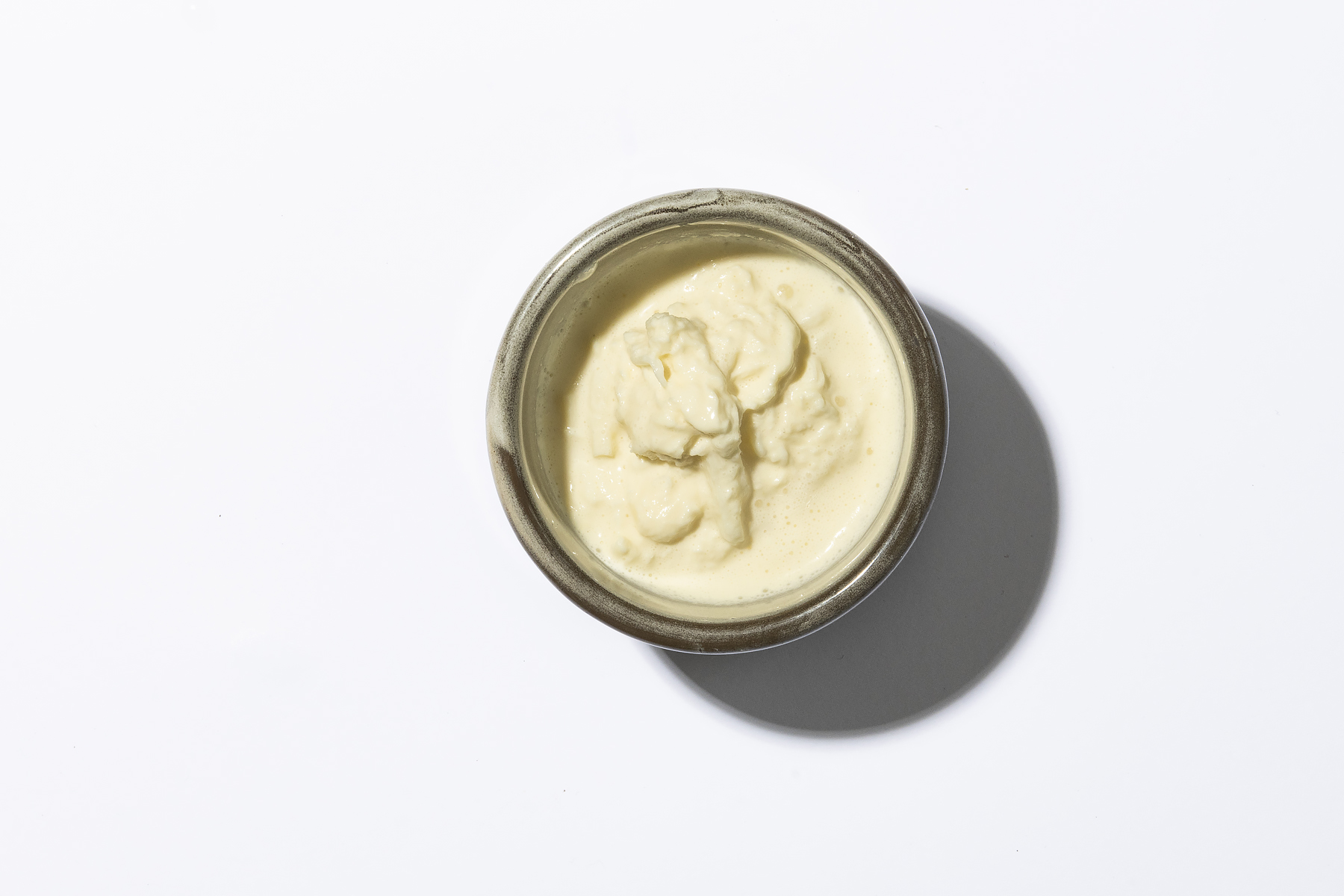
Straciatella
Made from a mixture of mozzarella curds and cream, stracciatella forms the milky centre of burrata, a moneybag-shaped variety of mozzarella. Australian chefs have found another use for this rich ingredient. Placed at the heart of a pasta dish and stirred through warm sauce and noodles, stracciatella adds a creamy, stringy dimension.
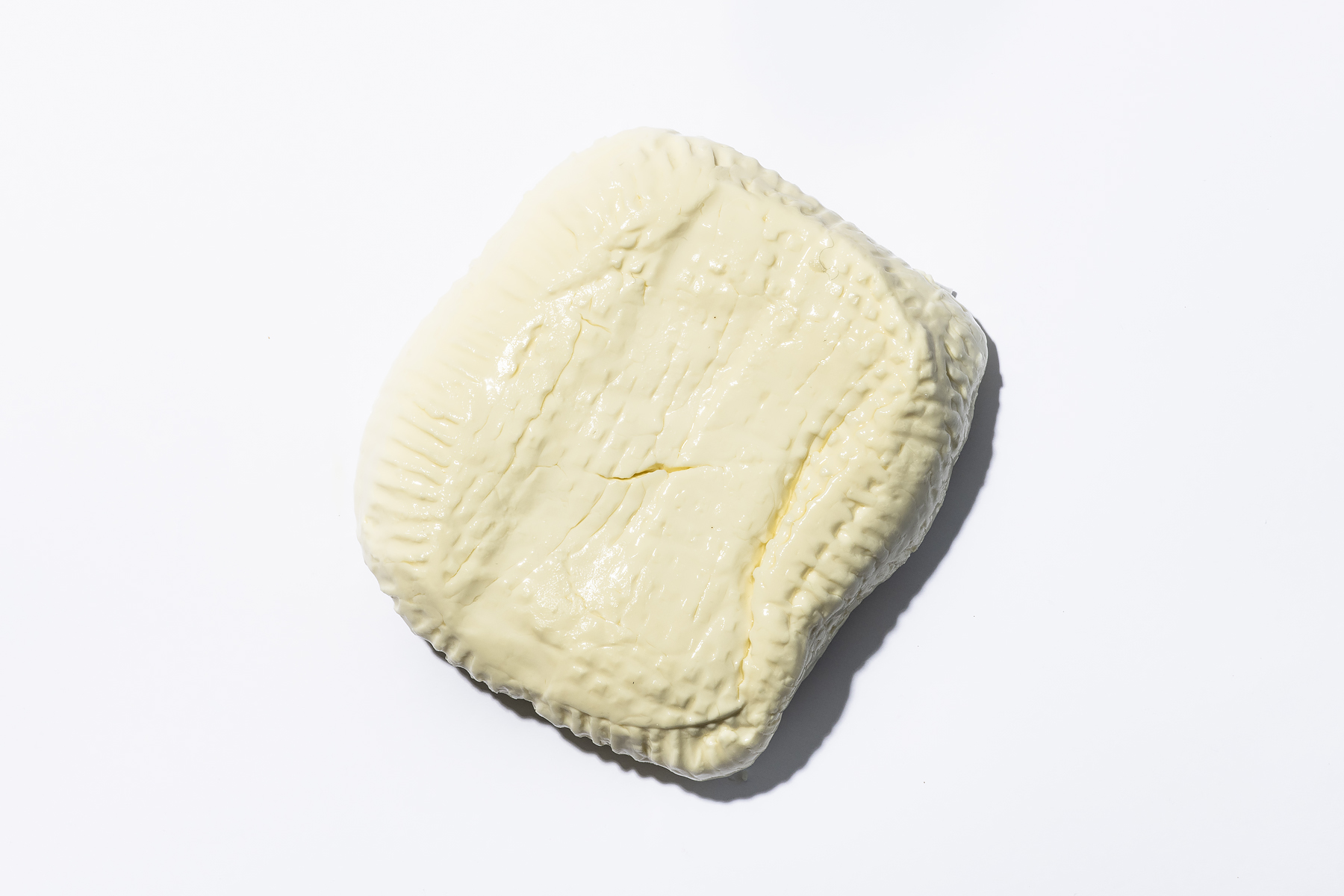
Stracchino
A northern Italian relation to mozzarella, stracchino is a cow’s milk cheese with a sole purpose: to be melted in a piadina, a folded flatbread sandwich made with unleavened dough filled with sliced prosciutto. Because it has a mild flavour, stracchino is used for its creamy texture rather than taste.
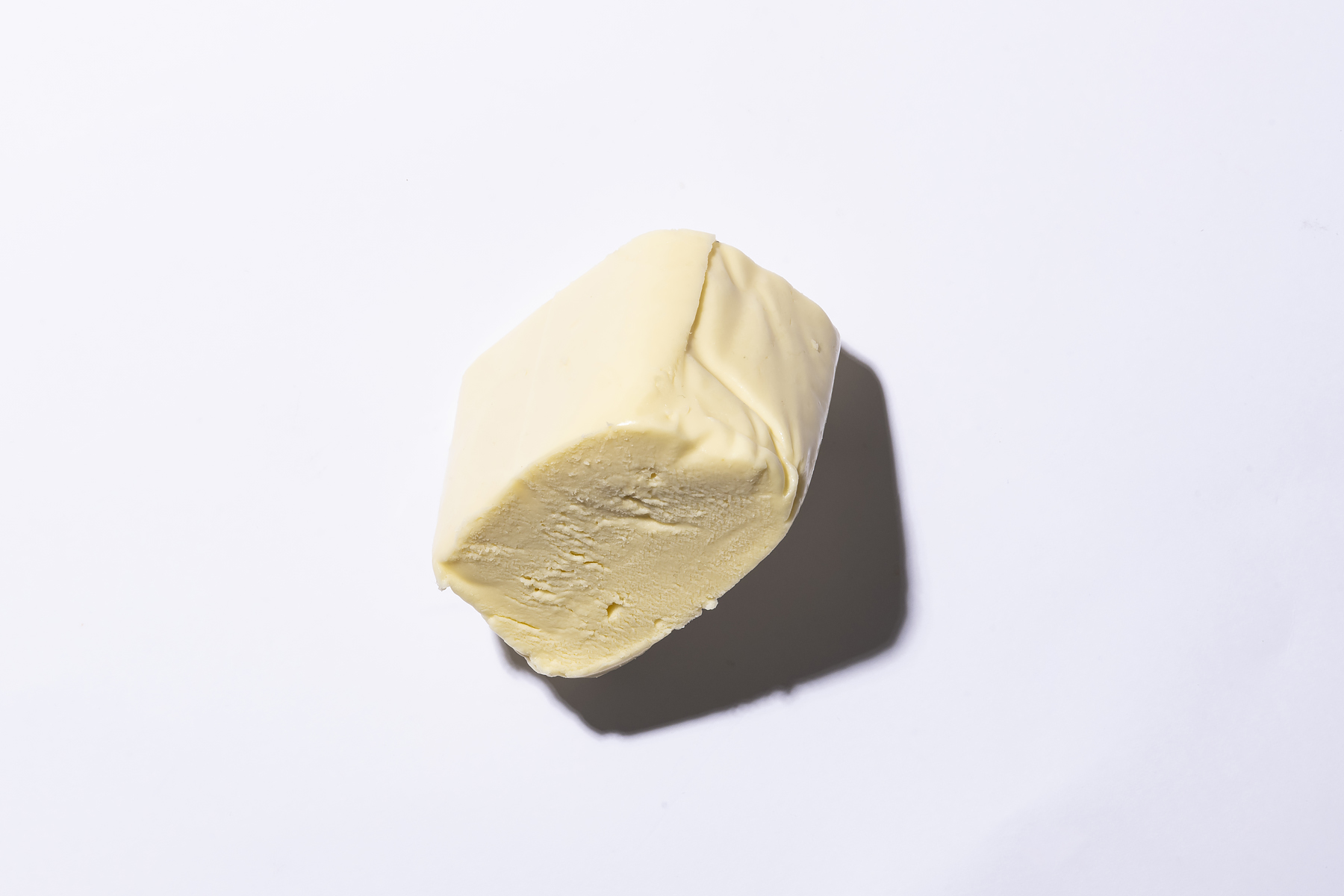
Scamorza
The name is probably unfamiliar, but scamorza (“sca-MOT-za”) may be second-most-common only to tasty cheese in Australian supermarkets. The plastic wrapped, bulbous cheese sold as mozzarella is actually scamorza. Like mozzarella, it’s a stretched curd cheese, but it’s tied with a string midway down the cheese ball and hung to age.
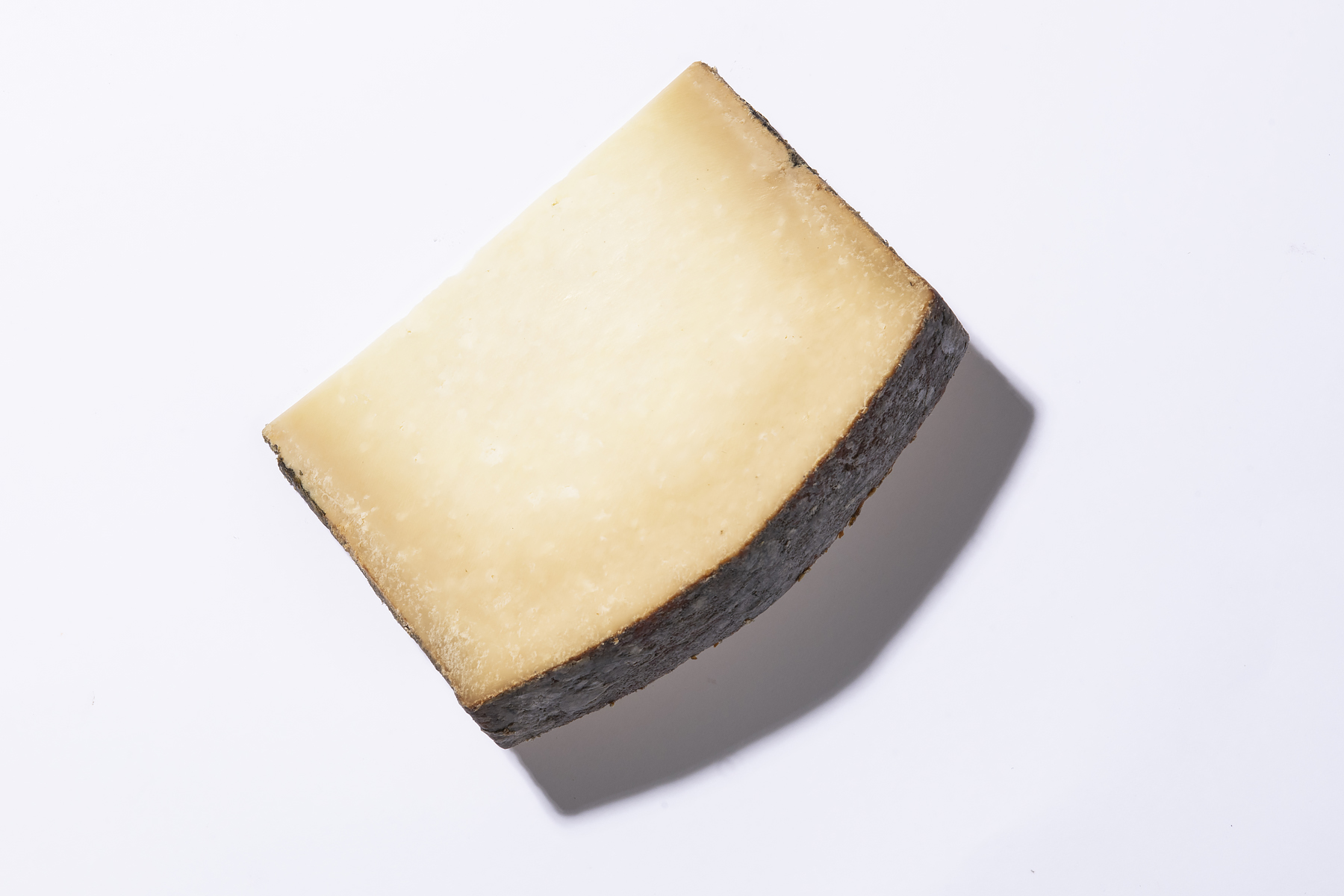
Pecorino
Pecorino isn’t technically a cheese, but a style of cheesemaking that differs from region to region. Tuscan pecorino isn’t as intense as Calabrian or Puglian, where pecorinos have the strong flavour of sheep’s milk. Categorised as an “eating cheese”, pecorino pairs with red wine to round off a meal.
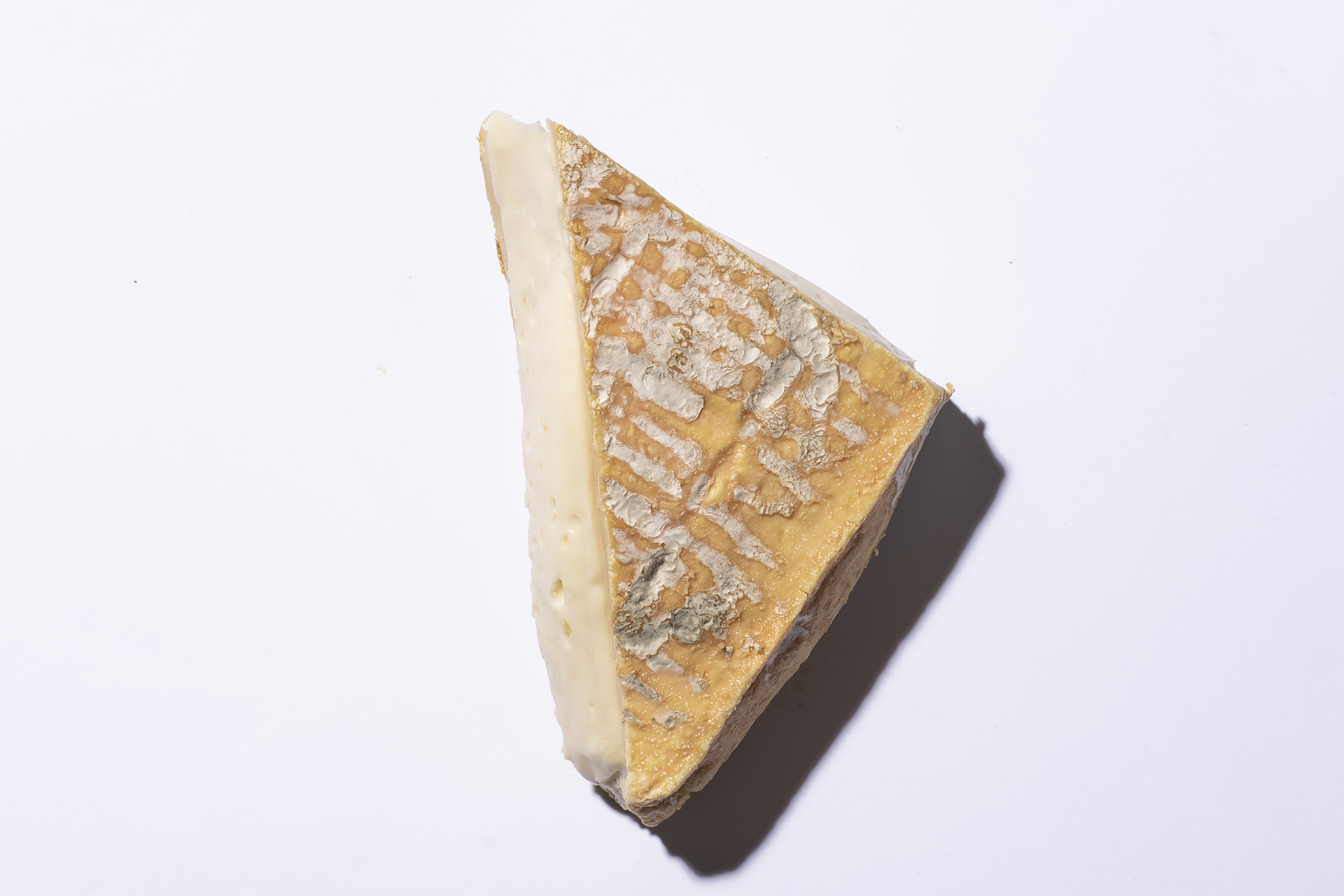
Taleggio
The brine-washed rind treatment is what gives taleggio its orange colour. It’s a semi-soft cheese with a pungent scent and mild flavour that comes from Lombardia where heavy snow falls in the mountains. Classified as a winter cheese, taleggio melts beautifully through hearty, warming traditional dishes such as polenta and risotto.
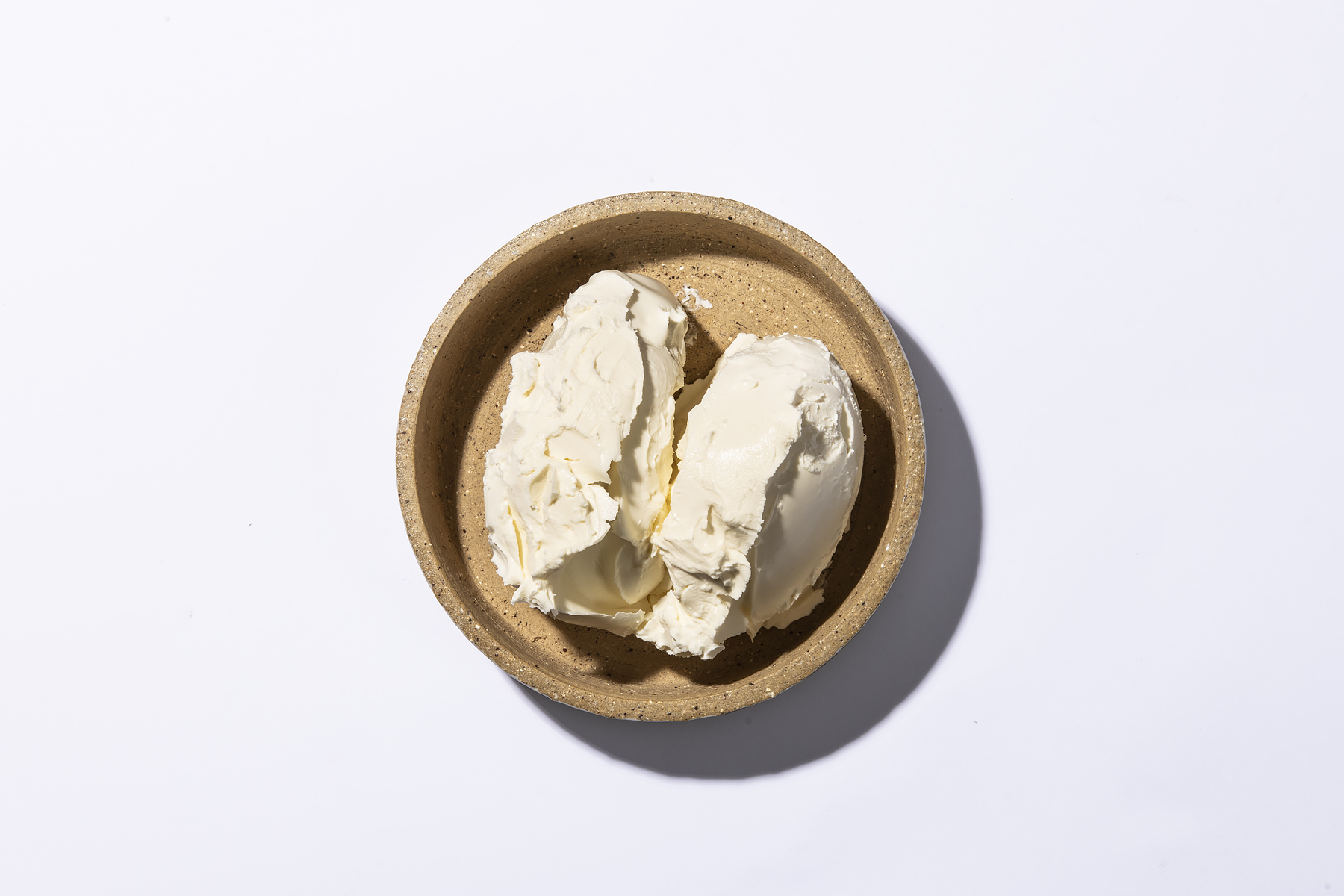
Mascarpone
In the UK they have clotted cream, in France crème fraiche and in Italy mascarpone. With 90 per cent milk fat, the thick cream is high on the scale of indulgence. By comparison, mozzarella has 15 per cent milk fat. It’s produced in Lombardia and used mainly in desserts throughout Italy.
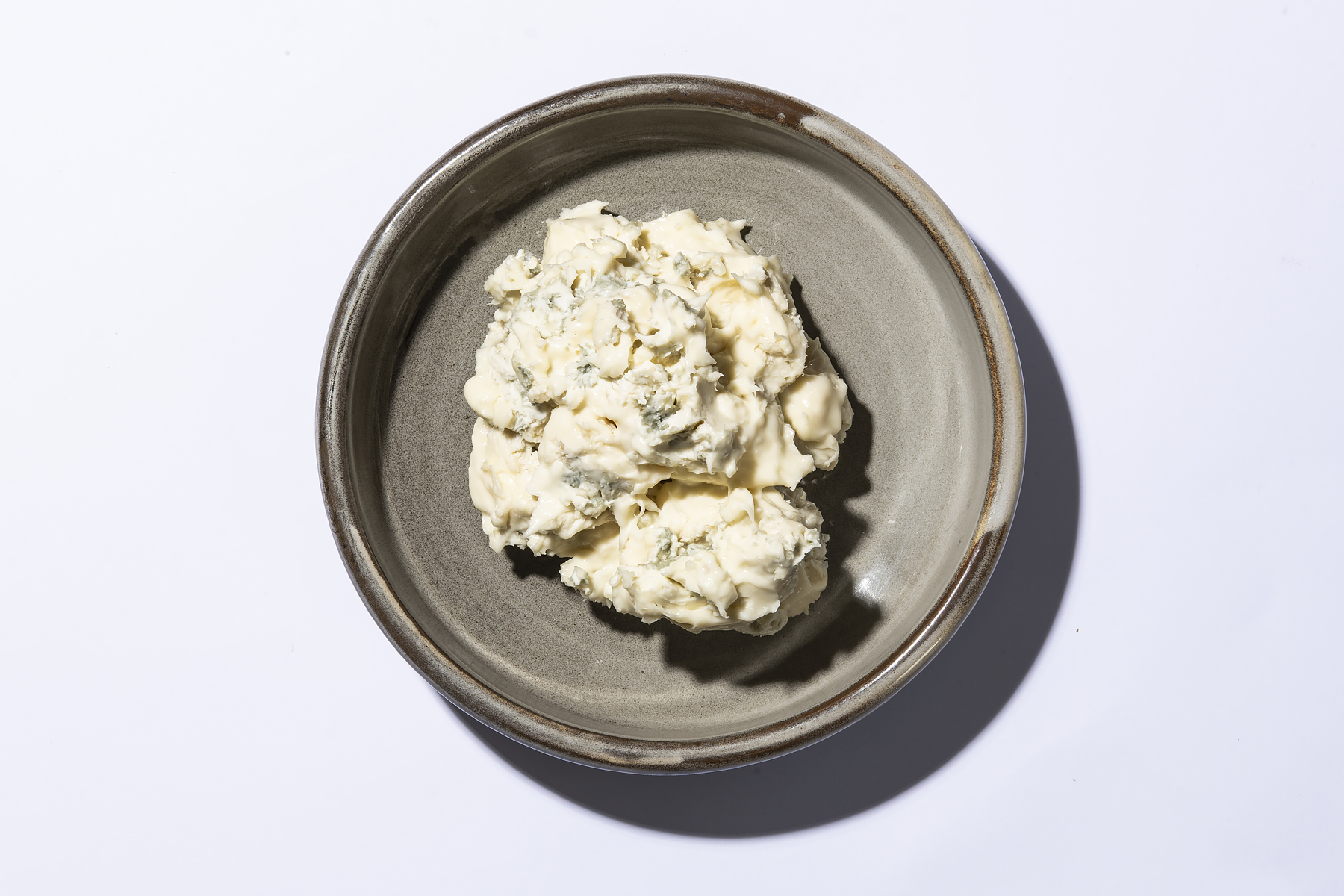
Gorgonzola
Legend has it that after months spent in the mountains grazing cows, a Lombardian cheesemaker visited an inn. Eventually he became so drunk on wine, the cheese was forgotten
in the cellar, and in the cool, humid microclimate a blue mould developed in veins throughout the cheese. Gorgonzola was born.
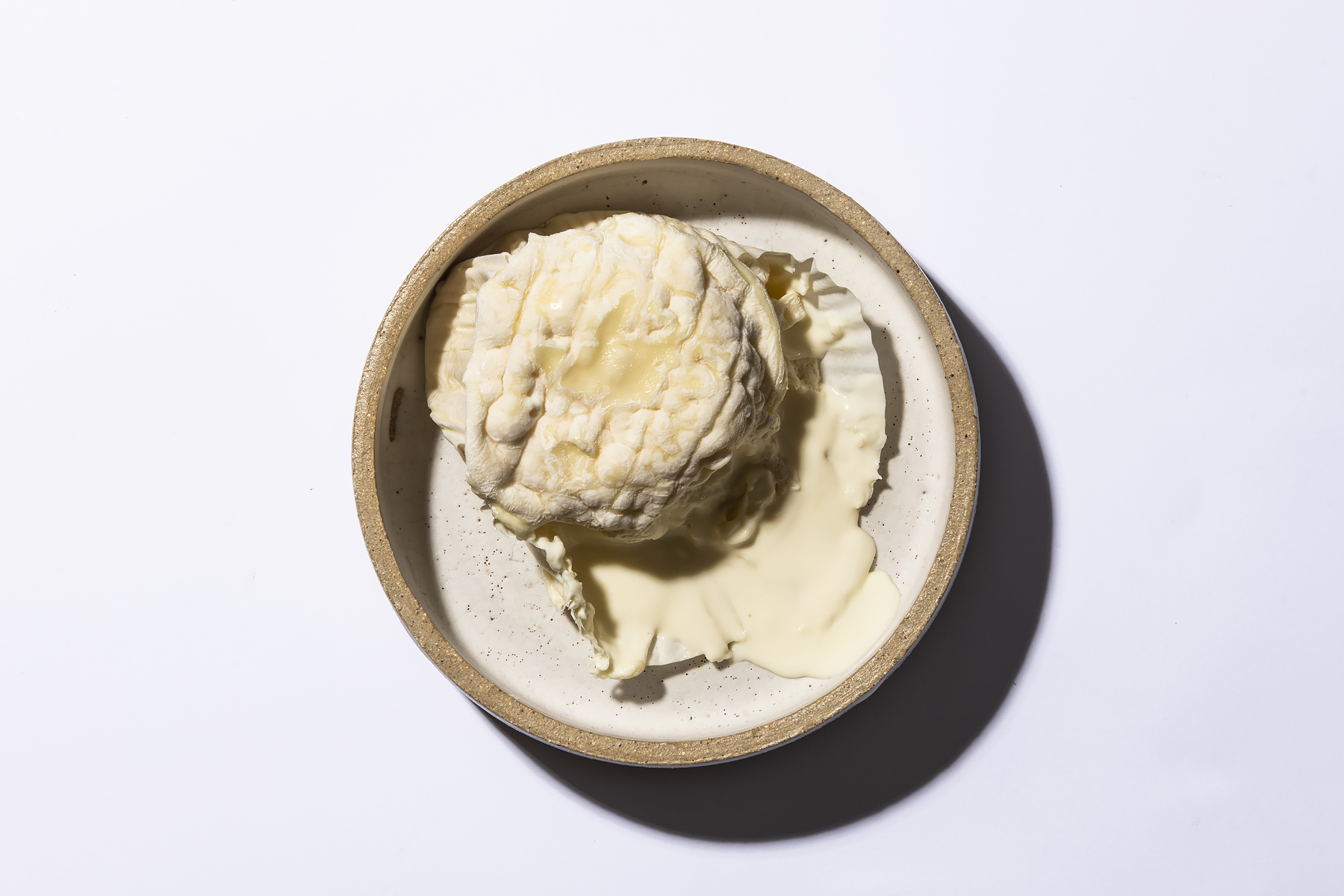
Robiola
Although robiola is considered a medium-strength cheese, its mildness reflects that Italians don’t like their soft cheese stinky. Made from a blend of goat, sheep and cow milks, robiola is allowed to ripen so it develops a soft, reddish rind. It pairs well with big northern red wines such as barolo.
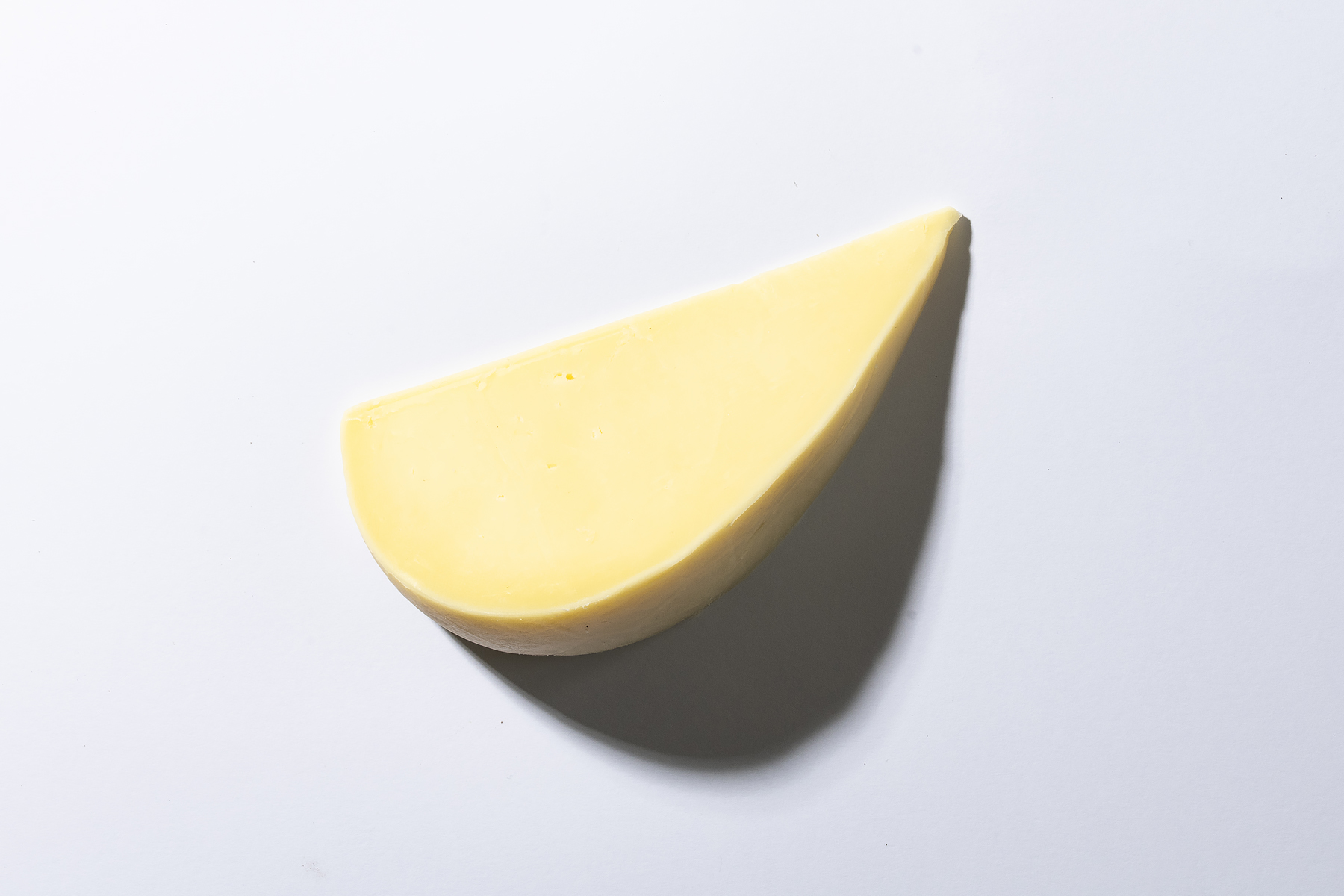
Caciocavallo
Caciocavallo is a lesser-known, aged mozzarella that originated in the south. Like mozzarella it’s coaxed into a ball shape, then netted and hung to air-dry for six months, resulting in a cacio or teardrop shape. Traditionally the cheese was hung in pairs over the backs of horses during travel.
This is an extract from The Broadsheet Italian Cookbook, which contains similar guides to smallgoods, wine, pasta and tomatoes, plus 80 recipes from Australia’s best restaurants, cafes and bars. Available now at shop.broadsheet.com.au.


















